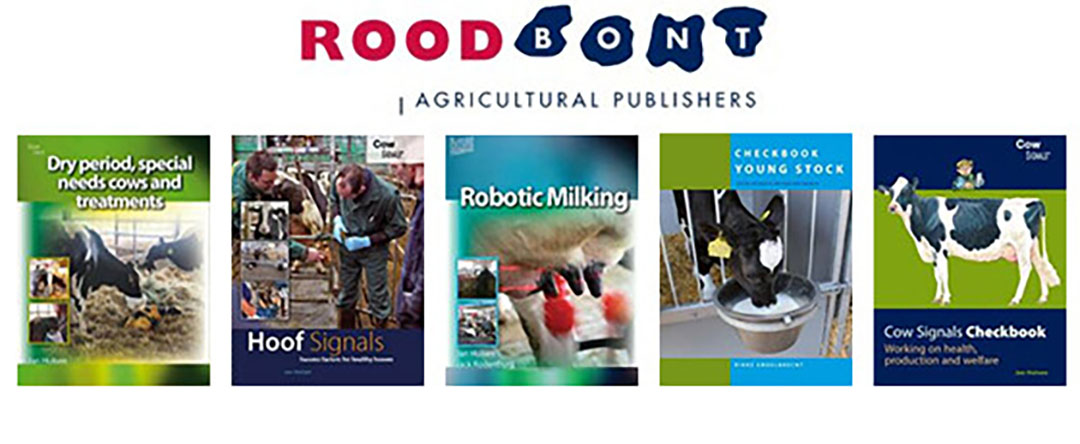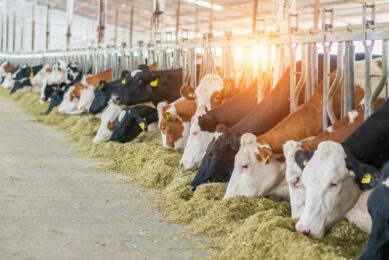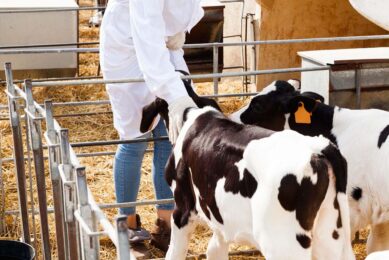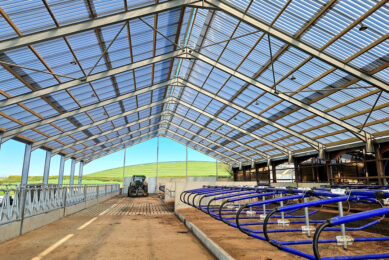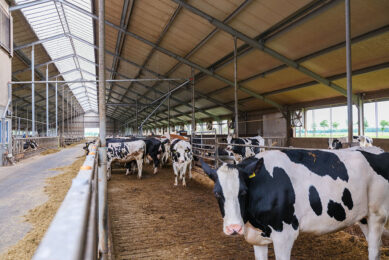How to design the ideal dairy barn
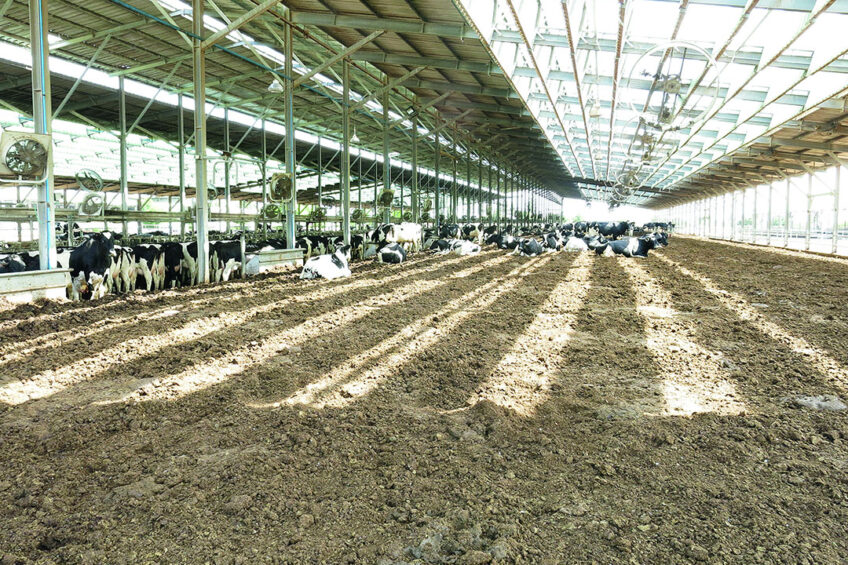
Challenge: Having the ideal barn for dairy cows isn’t just great on a practical level, but can serve a variety of needs like cow comfort and health, a healthy working environment, financially sound operation and also meet environmental conditions.
With all these points to consider, let’s look at the 4 cornerstones of barn design that provide an excellent guide to a well-functioning building. The barn should be a creation for cow comfort and also reflect how you will work in it.
Think of the barn and how it is located in relation to other structures: Where is the feed stored? How will feed be moved from storage to cows? Where is the manure stored? Where are the calves housed, the heifers and the dry cows? There are many other factors to consider. Here are 4 cornerstones to keep in mind when building a barn:
Best practice points
1. Cow comfort: High milk production, good fertility and great performance can be attributed to cow comfort. Comfort depends on a variety of basic factors like feed, water, light, air, rest and space and health. Happy and health cows are the result of an excellent barn (and pasture). Comfortable housing should be offered to all groups with timely and efficient handling with minimal stress for animals and handlers. Quality of management plays a big role in cow care and comfort. Preventative handling such as vaccination, hoof care and management at dry off is very important in this aspect. Comfortable cows also means that cows are less likely to get ill.
2. Labour efficiency: Think of labour in terms of performing well as an employee with the use of minimum resources. Bottlenecks should be thought of ahead of time and planning should reflect this. In terms of efficiency, think of placing a clock in the barn to keep to a schedule, large doors in the gable ends and straight lines through the length of the barn to make tasks like feeding, bedding and manure removal easier. The barn design should make work easier to do so staff can deliver their best efforts and top results. Make sure there are clear roles, employees with more knowledge and experience in a specific area work quicker and deliver high results.
3. Flexible and expandable: It is without a doubt that the facilities at the farm should be flexible. Meaning that like most business, things change over time and it would be useful to be able to adapt and grow with future changes. To be sustainable and successful over the long term as a business grows, it is vital that expansion or changes are possible. When building, keep future changes and development in mind even if there are no current future plans, as you never know. To be as flexible as possible, think big in terms of space, flexibility, software, working organization, machines and cow traffic etc.
4. Low cost, structurally sound and simple: Weighing the costs against the returns and risks is important when building a barn – it’s about cost per kg milk. Convert building costs to per litre of milk production. For instance, a bedded pack for transition cows adds to costs in the form of barn space, straw bedding and labour for manure removal but this does pay back in terms of healthier cows that calves with fewer problems and has a better start to lactation.
Summarised information based on Roodbont Publisher’s books.
